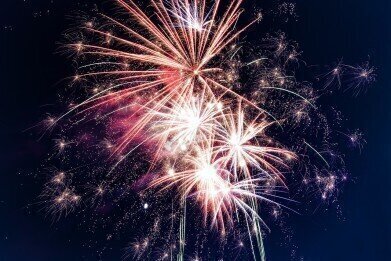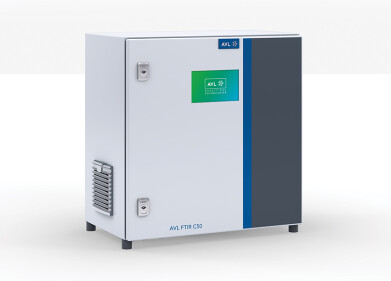Air Monitoring
Fourth of July Fireworks Responsible for Rise in Air Pollution
Jul 13 2015
The USA prides itself on doing things bigger and better than other countries around the world, and the Independence Day fireworks celebrations are no different. Across the country, thousands of fireworks were set off on July 4th to mark the day the United States gained its liberty from the British Empire – however, a new study has suggested there may be less to cheer about than previously imagined.
Fireworks have always been known to be dangerous. Burns, cuts and injuries to the hands, face and eyes rose by as much as 30% from 2014, while this year at least four unfortunate individuals lost their lives to improper firework handling. However, they may pose a more subversive risk to our health in the pollution they create in the air.
An Extensive Study
Dian J Siegel and one of her interns at the National Oceanic and Atmospheric Association (NOAA) in Maryland conducted a thorough investigation into the harmful effects of fireworks in the atmosphere by looking at air quality records over a 14-year period.
By analysing the concentration of fine particulate matter (PM2.5) across 315 sites in the USA on every 4th and 5th of July from 1999 to 2013, the ladies were able to construct a more comprehensive picture of how fireworks pollute the air than ever before. The results were not encouraging.
On average, PM2.5 concentration was found to be up by 42% on the evening of the Independence Day celebrations in comparison with the days immediately before and after. Depending on weather conditions and the proximity of the test sample to the fireworks themselves, this figure could even be as high as 370% more than normal, which is considered drastically unsafe by the Environmental Protection Agency (EPA). Levels were found to peak at around 9pm and tail off by midday the following day.
A Global Problem
According to Abigail N. Birnbaum, co-author of the study, the date was chosen “not to put a damper on celebrations of America's independence, but because it is the best way to do a nationwide study of the effects of fireworks on air quality.” However, related data reveals that the US is far from the only nation to suffer from the effects of firework displays.
As far back as 2009, the Chinese Lunar New Year celebrations were analysed for contamination and safety risks due to excessive firework use in the capital city Beijing. Long known as having one of the poorest qualities of air worldwide, the Chinese appear to have entered a new era in air quality monitoring in recent years. This altered attitude is perhaps best demonstrated in their changing attitudes towards the harmful effects of pyrotechnics; five years on, the Lunar New Year saw a drop in Beijing air population due to dwindling sales of fireworks.
Clearly, these displays might do more harm than good and those who are particularly sensitive to PM2.5 (such as asthma-sufferers) would do well to maintain a safe distance to the fireworks and keep their medication at hand at all times.
Digital Edition
AET 28.2 April/May 2024
May 2024
Business News - Teledyne Marine expands with the acquisition of Valeport - Signal partners with gas analysis experts in Korea Air Monitoring - Continuous Fine Particulate Emission Monitor...
View all digital editions
Events
Jul 10 2024 Birmingham, UK
Jul 21 2024 Cape Town, South Africa
Australasian Waste & Recycling Expo
Jul 24 2024 Sydney, Australia
Jul 30 2024 Jakarta, Indonesia
China Energy Summit & Exhibition
Jul 31 2024 Beijing, China


















